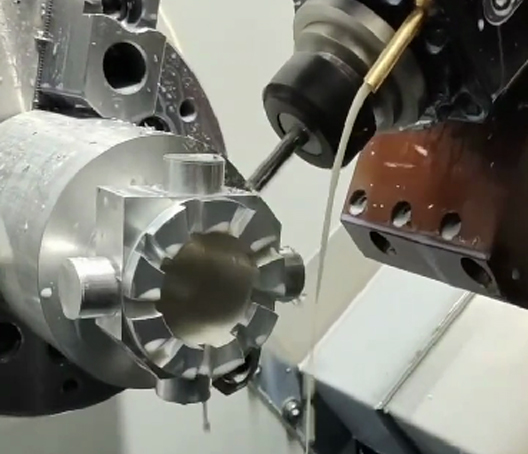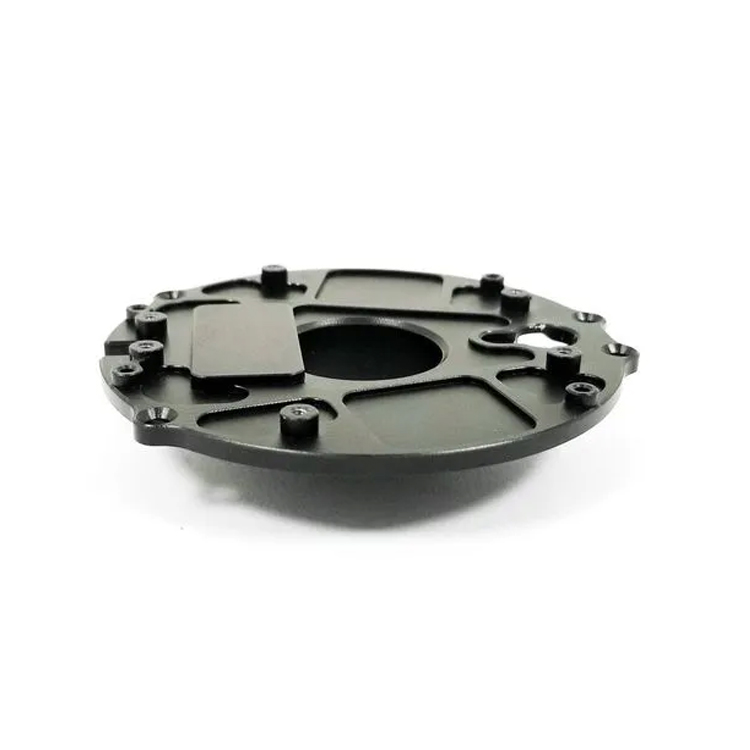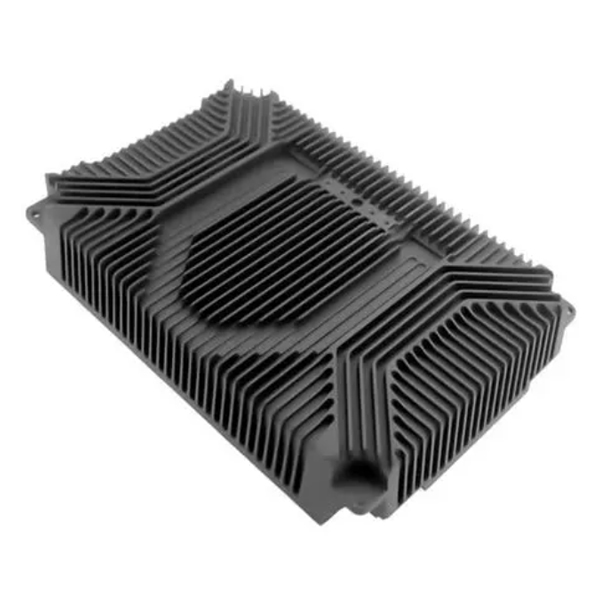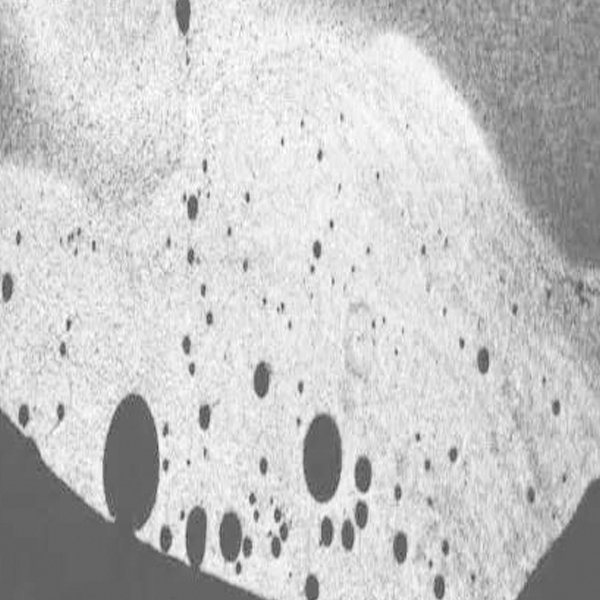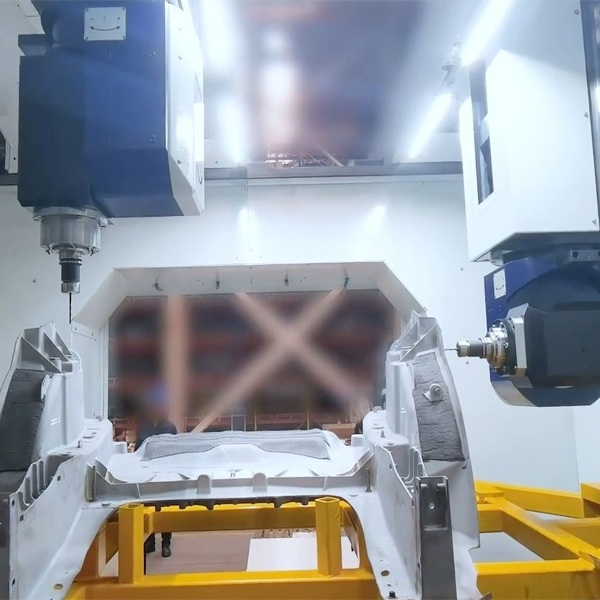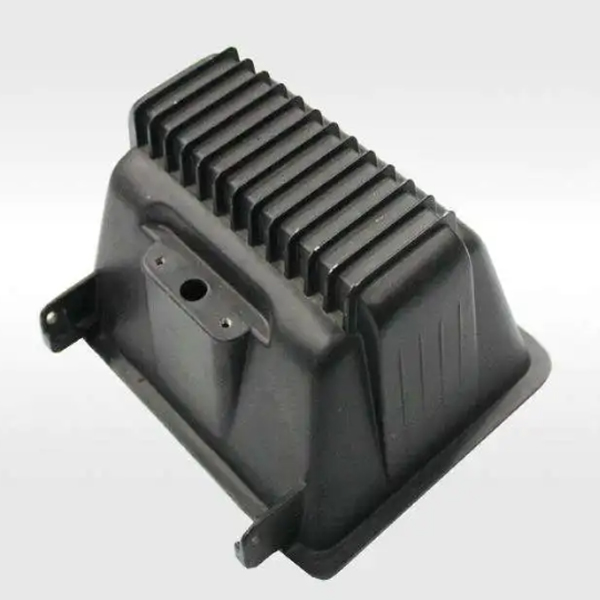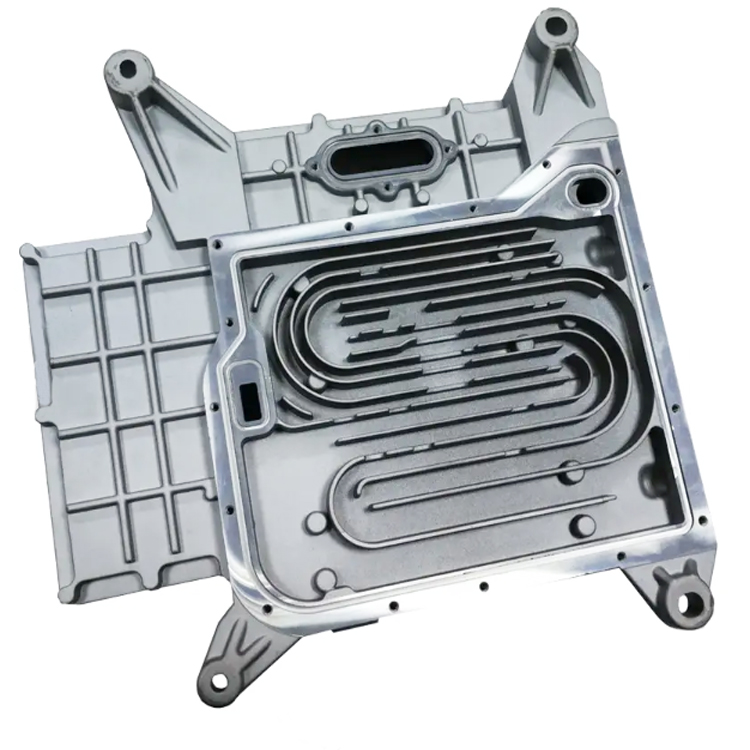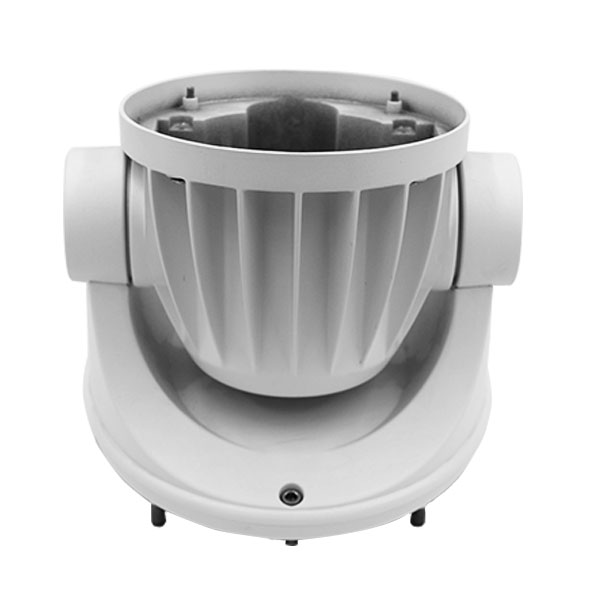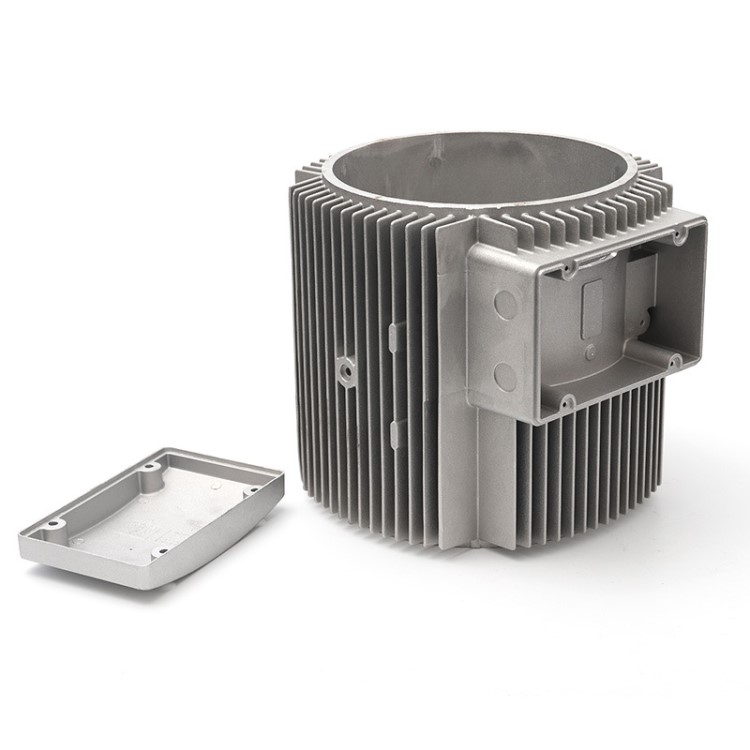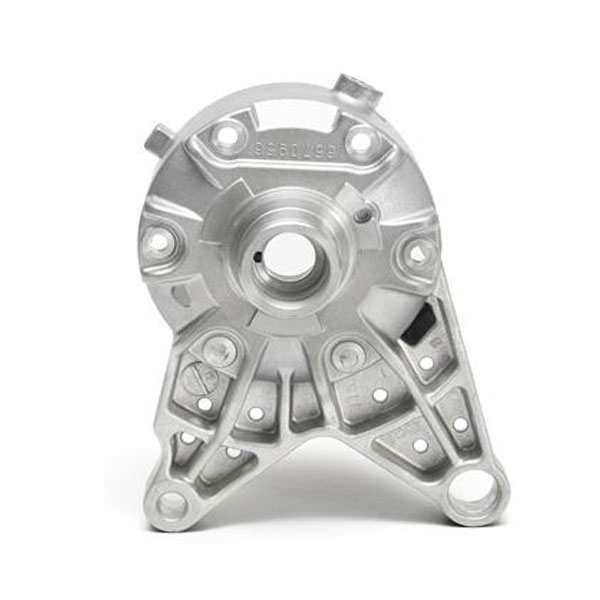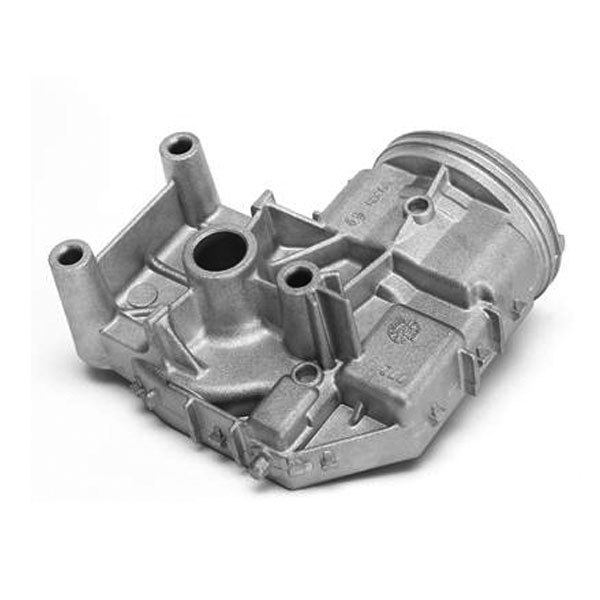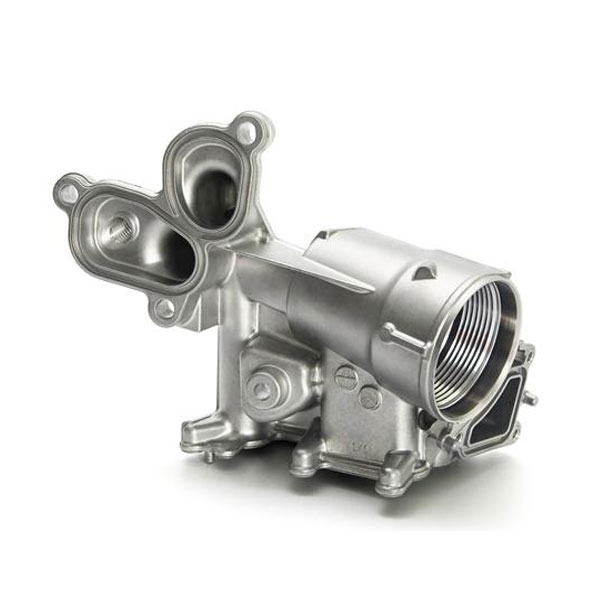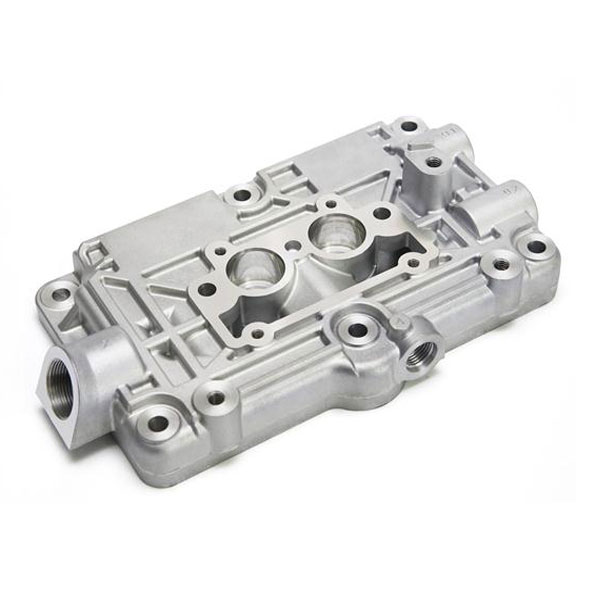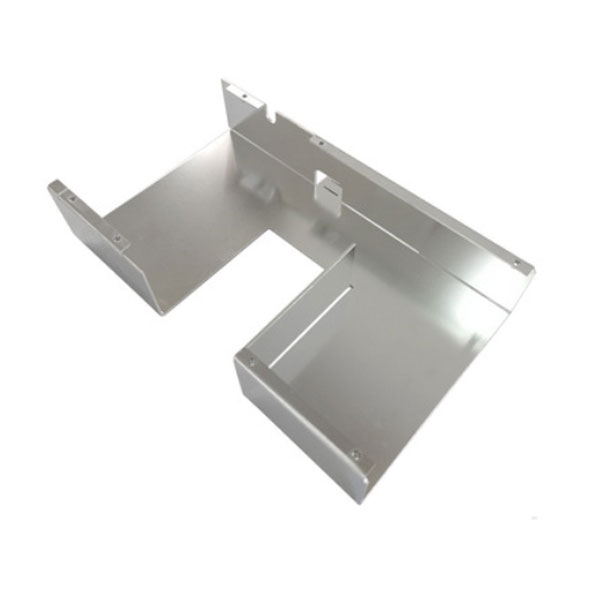By compare with eutectic and hypoeutectic Alu-Silicon alloy,hypereutectic alu-silicon alloy (B390)has lower density,smaller thermal expansion coefficient,higher abrasive resistance and heat resistanct.Therefore,it is widely used for engine and air compressor,brake plate etc.In addition,it is acceptable material for automobile and mechanical industry.Hypereutectic alu-silicon normally contain 14%-26% silicon.The hardness or silicon is 15 times more than aluminum.Therefore,silicon act as hard spot distributed over the alloy,which increase abrasive resistance very much.By view of abrasive resistance,it is required that surface of alloy contain a big amount of silicon.However,poor silicon will exist over surface of alloy by setting and cooling time during initial stage of eutectic.It affect abrasive resistance badly.Moreover,it is quite costly to remove poor silicon area by machining.Weiheng Die Casting is familiar to die casting by all kinds of aluminum alloy.
The article refer B390 as testing material and study filling and forming and calculate thickness of poor silicon area and influence of die casting setting and cooling time by AnyCasting simulation software.
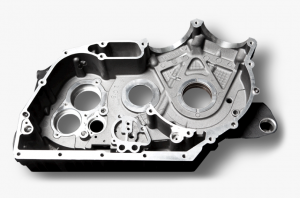
For study of influence of die casting setting,the die casting process parameters was set as following.The temperature of tooling is 150℃.
|
S/No |
Pressure/MPa | Temperature/℃ | Speed/m.s-1 |
|
1 |
67.5 | 740 | 2 |
|
2 |
85 | 740 |
1 |
| 3 | 67.5 | 720 |
1 |
| 4 | 85 | 720 |
2 |
After die casting via above different setting,the sample will be test for poor silicon area.
In section 1,the casting will be formed within 0.062s.The followings will be at 0.033,0.038,0.047s.The thinner sample will be form from bottom to top within 0.047s.The thicker sample will be form from bottom to top within 0.062s.
By simulation,the filling and solidification time of thinner sample is much more than thicker sample.And the top parts of thicker sample take less time for filling and solidification than middle area.
By study,the thickness of poor silicon area by fourth die casting setting is biggest.It is about 529μm.The thickness of poor silicon area by second die casting setting is smallest.
It is about 328μm.Therefore,the thickness of poor silicon area increase when cooling time increase.During solidification of casting,the expansion of silicon become slow when cooling time is fast.Therefore,the edge of casting will has poor silicon area when cooling time is slow and the thicker poor silicon area is ,the bigger cooling time.
In different cooling time,the different die casting setting has similar influence onto poor silicon area.With pressure increase,the poor silicon area does not change very much.
With temperature increase,the poor silicon area become small because the molten alloy tranfer to castings by higher temperature and cooling time become slow,which decrease the thickness of poor silicon area.With speed increase,casting will have thicker poor silicon area because the cooling time become shorter when molten alloy transfer to casting at low temperature,which increase thickness of poor silicon area.All in all,the main die casting setting which affect poor silicon area is change of die casting temperature.Therefore,the thickness of poor silicon can be adjust by control die casting temperature.
Conclusion
- The thickness of poor silicon area will become lower with die casting temperature increase.It will become thicker with die casting speed increase.The die casting pressure does not affect poor silicon area while the increasing of cooling time will inrease thickess of poor silicon area.
- At 85MPa pressure,740℃,1m/s speed,B390 castings has smallest poor silicon area.
If any inquiries,pleasse send to our email info@prodiecasting.com


